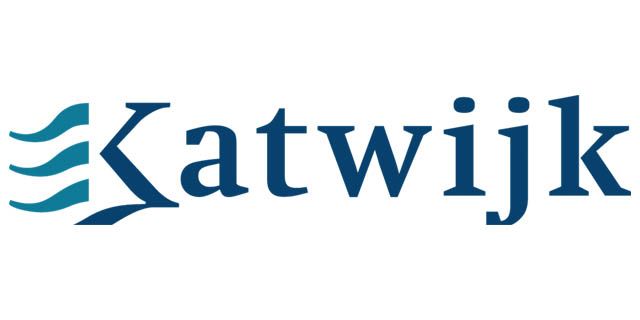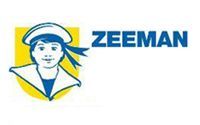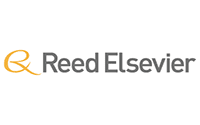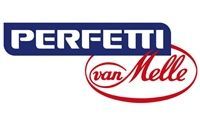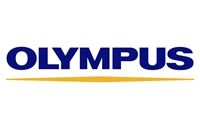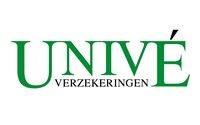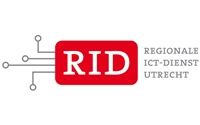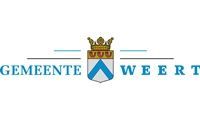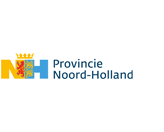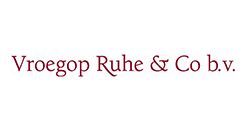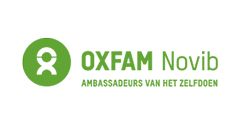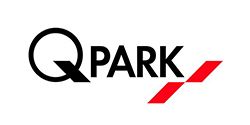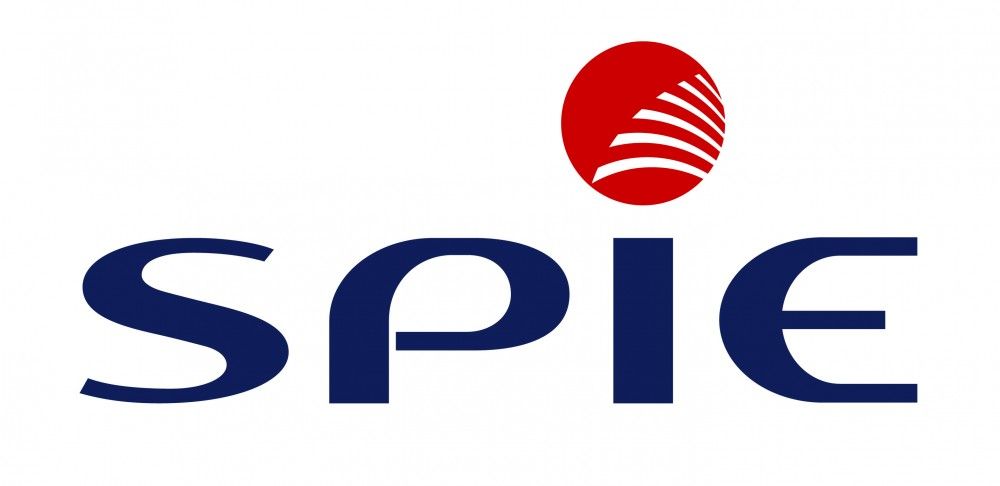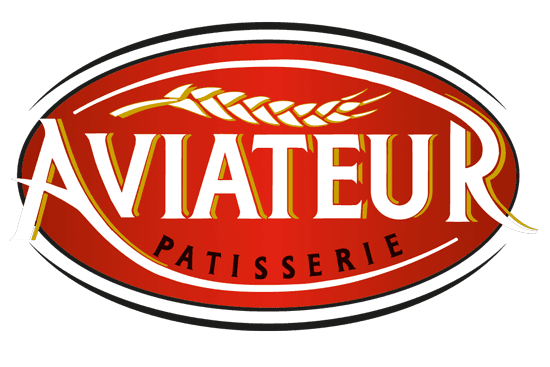Cursusbeschrijving
In this course the students will learn the more advanced programming skills and techniques that they can use to optimize their Windows Store app and differentiate their app from other apps in the Windows Store. These advanced skills and techniques include a combination of both design and development skills. The students will also learn about supporting the apps that they have published to the Windows Store.
{tab Doelgroep}
This course is intended for professional developers who have 1 or more years of experience creating applications for a production environment.
{tab Voorkennis}
Voor deze cursus heeft de cursist de volgende voorkennis nodig:
- 20480B Programming in HTML5 with Javascript and CSS3.
- 20481C Essentials of Developing Windows Store Apps using HTML5 and JavaScript.
{tab Certificering}
Deze cursus bereid de cursist voor op het examen 70-482
{tab Overige informatie}
This course will be delivered with digital courseware. In order to have the best learning experience you are asked to bring your own second screen to view the courseware. A second screen includes: tablets and laptops.
{/tabs} {slider Cursusinhoud|closed}
Module 1: Windows Store App Essentials
This moduledescribes the essential Windows Store app features.
- Review of Windows Store App Essentials – Presentation
- Review of Windows Store App Essentials and the Windows 8 Ecosystem
After completing this module, students will be able to:
- Describebasic WindowsStore app concepts related to the app presentation.
- Describebasic WindowsStore app concepts related to integration with the Windows 8 ecosystem.
Module 2: Implementing Animations and Transitions
This module explains how to add animations and transitions to improve the user experience by using JavaScript APIs and CSS.
- Using Animation
- Working with Transitions and Transformations
Lab : Implementing Animations and Transitions
- Creating Animations in a WindowsStore App
- Creating Transitions and Transformations in a WindowsStore App
After completing this module, students will be able to:
- Describethe built-in WinJS animation library and CSS animations.
- Apply transitions and transformations.
Module 3: Implementing Globalization and Localization
This module explains how to localize the WindowsStore application User Interface.
- Working with Resource Files
- Implementing Culture-Specific Formatting
Lab : Implementing Globalization and Localization
- Create and Consume Resource Files
- Apply Culture-Specific Formatting
After completing this module, students will be able to:
- Create and consume localized resources.
- Apply language-specific formatting for a multi-lingual application.
Module 4: Branding and a Seamless User Interface
This module explains how to brand WindowsStore app and improve the loading experience with a splash screen.
- Customizing the Splash Screen
- Branding the User Interface
Lab : Branding and Seamless User Interface
- Create a Customized Splash Screen
- Branding a WindowsStore App
After completing this module, students will be able to:
- Create and present a splash screen.
- DifferentiateWindows Store apps by branding.
Module 5: Advanced Data Scenarios in a Windows Store App This module explains howto use various storage mechanisms, choose a suitable caching strategy fora Windows Storeapp, and use advanced file access methods.Lessons
- WindowsStore App Storage Options
- Implementing Data Caching
- Advanced File Functionality
Lab : Caching Data
- Cache Data
After completing this module, students will be able to:
- Describethe storage mechanisms available to WindowsStore apps.
- Describecaching strategies.
- Describe advanced file access options.
Module 6: Creating Reusable Controls and Components
This module explains how to create custom controls, extend templated controls, and create and consume WinMD components.
- Creating Custom Controls
- Extending Existing Controls
- Consuming WinMD Components
Lab : Creating Reusable Controls and Components
- Create and Use a Custom Control
- Consume a WinMD Component
After completing this module, students will be able to:
- Create reusable custom controls.
- Create and extend templated controls.
- Consume a WinMD component.
Module 7: Implementing Advanced Contract Scenarios
This module explains how to implement the Print and Settings contracts and the Play To API.
- The Print Contract
- The Play To Contract
Lab : Printing
- Print a single page
- Print multiple pages
After completing this module, students will be able to:
- Print by using the print contact.
- Describethe Play To API.
Module 8: The Windows Push Notification Service (WNS)
This module explains how to work with the Push Notification Service (WNS).
- The Push Notification Service (WNS)
- Communicating with the Push Notification Service (WNS)
Lab : The Windows Push Notification Service (WNS)
- Manage a Windows Notification Service (WNS) Channel
After completing this module, students will be able to:
- Describe the Push Notification Service (WNS).
- Work with push notifications.
Module 9: Capturing Media
This module explains how to capture media with the camera and microphone.
- Using CameraCaptureUI to Capture Pictures, Videos or Audio
- Using MediaCapture to Capture Pictures, Video, or Audio
Lab : Capturing Media
- Capture video using the CameraCaptureUI API
- Capture image using the MediaCapture API
After completing this module, students will be able to:
- Use the CameraCaptureUI API.
- Use the MediaCapture API.
Module 10: Background Tasks
This module explains how to create and consume background tasks.
- Creating Background Tasks
- Consuming Background Tasks in a WindowsStore App
Lab : Background Tasks
- Create and Consume a Background Task
- Consume a Background Task
After completing this module, students will be able to:
- Create background tasks.
- Consume background tasks.
Module 11: Working with Sensors and Devices
This module explains howto discover device capabilities, interact with devices, and act upon sensor data.
- Working with Sensors
- Working with Devices
Lab : Working with Sensors and Devices
- Use the orientation sensor
- Use location services
After completing this module, students will be able to:
- Discover sensors, test their availability, and handle sensor events.
- Discover device availability, enumerate devices and their capabilities and properties, and use them.
Module 12: Generating Revenue with your App
This module explains how implement trial licensing and in-app purchasing and advertising.
- Implementing Trial Functionality in a WindowsStore App
- Implement In-App Purchases
- Advertising in a WindowsStore App
Lab : Generating Revenue with your App
- Use Windows.Store Classes to Support Trial App Conversion
- Implement In-App Purchasing in an App
After completing this module, students will be able to:
- Implement trial functionality and transition to a full license.
- Implement in-app purchases.
- Implement advertising functionality.
Module 13: Securing Windows Store App Data
This module explains how to manage Windows authentication and web authentication in WindowsStore apps.
- Managing Windows Authentication
- Managing Web Authentication
- Encryption in WindowsStore Apps
Lab : Securing Windows Store App Data
- Encrypt User Information
- Use ACS Authentication
After completing this module, students will be able to:
- Authenticate using Windows Live Authentication.
- Authenticate using web authentication protocols.
- Encrypt data.
Module 14: Tracing and Profiling Windows Store Apps
This module explains how to diagnose problems and monitor Windows Store app behavior by using tracing and profiling tools and APIs.
- Tracing a WindowsStore App
- Profiling a WindowsStore App
After completing this module, students will be able to:
- Tracea WindowsStore app.
- Profilea WindowsStore app
{slider Doelstellingen}
Doelstellingen
- Add animations and transitions in a Windows Storeapp to improve the user experience.
- Localize the Windows Store app UI.
- Brand the Windows Store app and improve the loading experience with a splash screen.
- Use various storage mechanisms, choose a suitable caching strategy for their Windows Store app, and use advanced file access methods.
- Create custom controls, extend templated controls, and create and consume WinMD components.
- Implement the Print and Settings contracts and the Play To API.
- Work with the Push Notification Service (WNS).
- Capture media with the camera and microphone.
- Create and consume background tasks.
- Discover device capabilities, interact with devices, and act upon sensor data.
- Implement Windows Store trial licensing and in-app purchasing and advertising.
- Understand how to manage Windows authentication and web authentication in WindowsStore apps.
- Diagnose problems and monitor application behavior using tracing and profiling tools and APIs
{/sliders}
Excel Training Volgen?
Benieuwd naar de mogelijkheden van een Excel training? Vraag vrijblijvend meer informatie aan en we sturen je binnen 24 uur meer informatie op!
